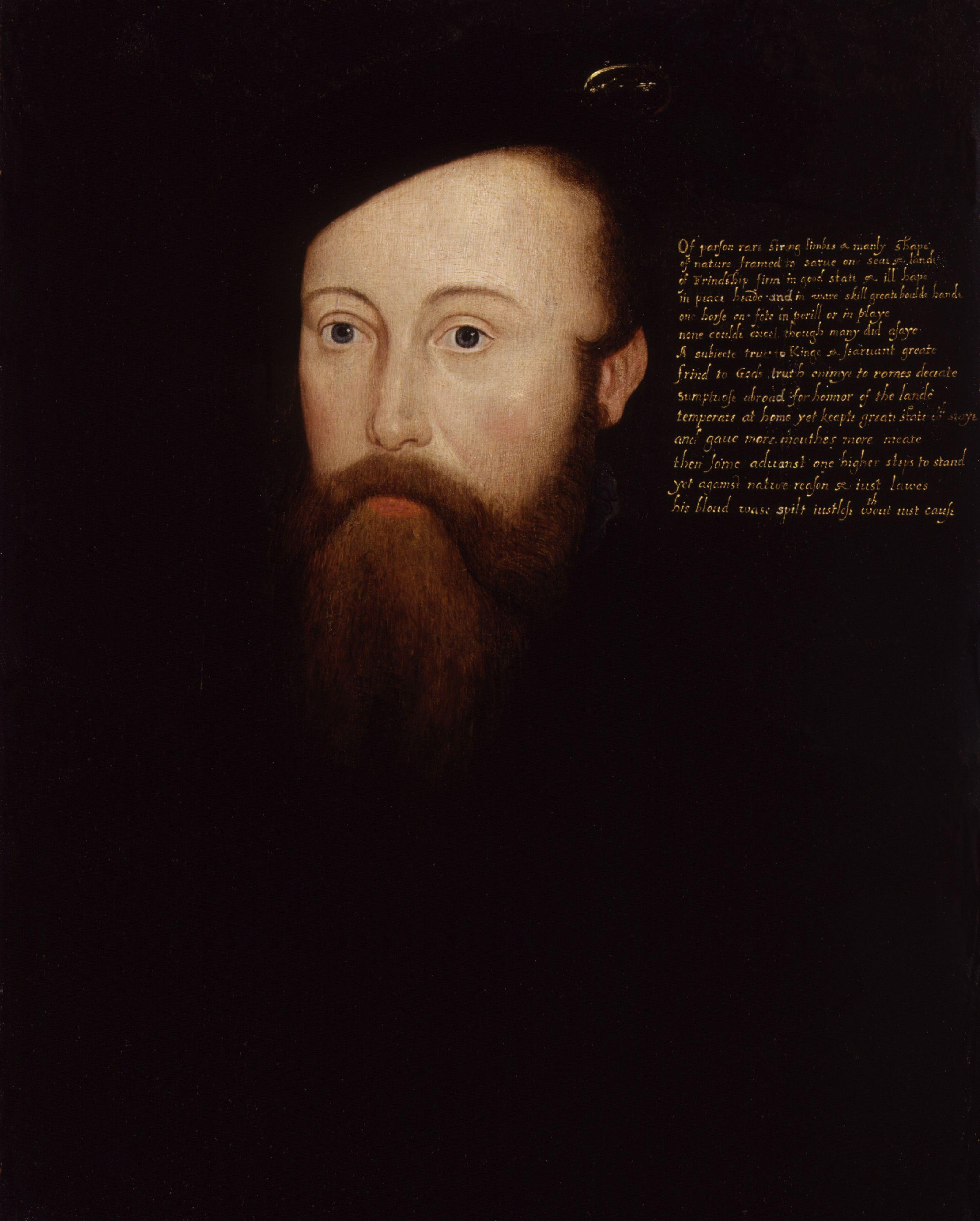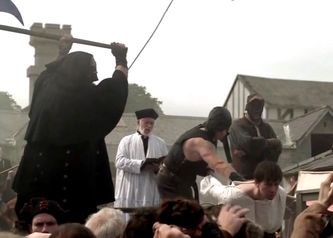Today we have the second and final part of our Tudor executions quiz. How much do you know about the people executed in the reigns of the Tudor monarchs? Test your knowledge with this fun quiz. Good luck!
Tudor Executions 2
Correct! An act “for due process to be had in high treason in cases of lunacy or madness” received royal assent in the House of Lords on 11th February 1542. This meant that “a person becoming insane after the supposed commission of treason, might be tried; or losing his rational faculties after attainder, might be executed”, so even if Lady Rochford, who'd had some kind of breakdown, didn’t recover her faculties she could still be executed. The two women were found guilty by Bill of Attainder.
Wrong! A new law had to be introduced. An act “for due process to be had in high treason in cases of lunacy or madness” received royal assent in the House of Lords on 11th February 1542. This meant that “a person becoming insane after the supposed commission of treason, might be tried; or losing his rational faculties after attainder, might be executed”, so even if Lady Rochford, who'd had some kind of breakdown, didn’t recover her faculties she could still be executed. The two women were found guilty by Bill of Attainder.
Correct!
Wrong! They were executed at Tyburn.
Correct! They were Henry VII’s former chief administrators. They were accused of plotting to "hold, guide and govern the King and his Council" by assembling men to undertake a coup d'état. This is unlikely to have been true, and historians believe that the men were actually made scapegoats for Henry VII's unpopular financial measures.
Wrong! They were executed in 1510. They were Henry VII’s former chief administrators. They were accused of plotting to "hold, guide and govern the King and his Council" by assembling men to undertake a coup d'état. This is unlikely to have been true, and historians believe that the men were actually made scapegoats for Henry VII's unpopular financial measures.
Correct! One of the accusations against him was that he helped his nephew, Gerald FitzGerald, 11th Earl of Kildare, escape to France.
Wrong! The answer is helping his nephew, Gerald FitzGerald, 11th Earl of Kildare, escape to France.
Correct!
Wrong! She was 44.
Correct!
Wrong! It was three.
Correct! Henry Grey, 1st Duke of Suffolk, was executed on 17th January 1554 and Lady Jane Grey was executed on 12th February 1554.
Wrong! It's true. Henry Grey, 1st Duke of Suffolk, was executed on 17th January 1554 and Lady Jane Grey was executed on 12th February 1554.
Correct! He was executed on 1st December 1581 with fellow Catholic priests Ralph Sherwin and Alexander Briant. They were hanged, drawn and quartered at Tyburn for allegedly plotting against Queen Elizabeth I. All three men were canonised in 1970 by Pope Paul VI.
Wrong! His execution took place in Elizabeth I's reign. He was executed on 1st December 1581 with fellow Catholic priests Ralph Sherwin and Alexander Briant. They were hanged, drawn and quartered at Tyburn for allegedly plotting against Queen Elizabeth I. All three men were canonised in 1970 by Pope Paul VI.
Correct! He was executed for his alleged involvement in Wyatt's Rebellion and having encompassed Mary's death.
Wrong! He was executed for his alleged involvement in Wyatt's Rebellion and having encompassed Mary's death.
If you missed Part 1 then click here to enjoy that quiz too.



Leave a Reply